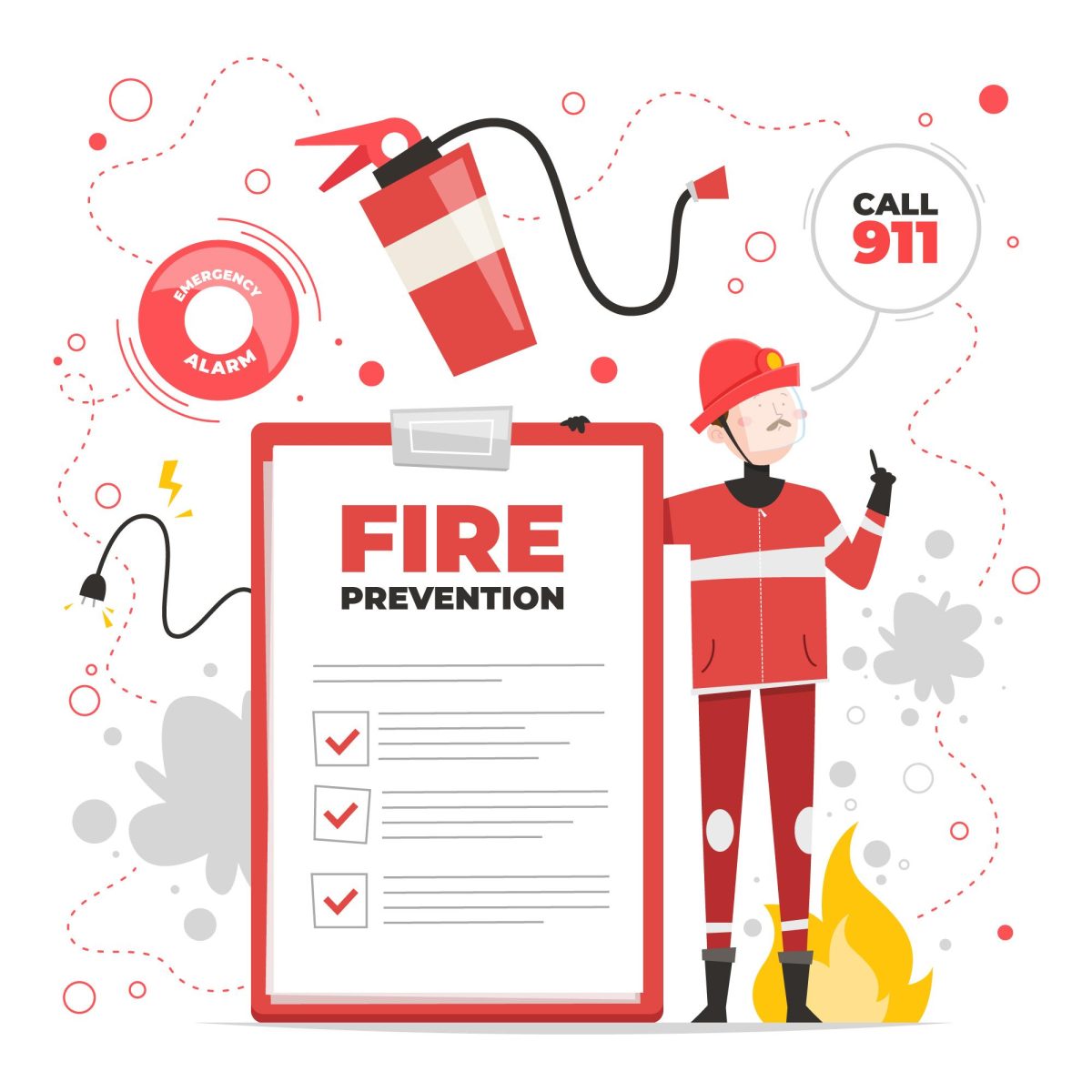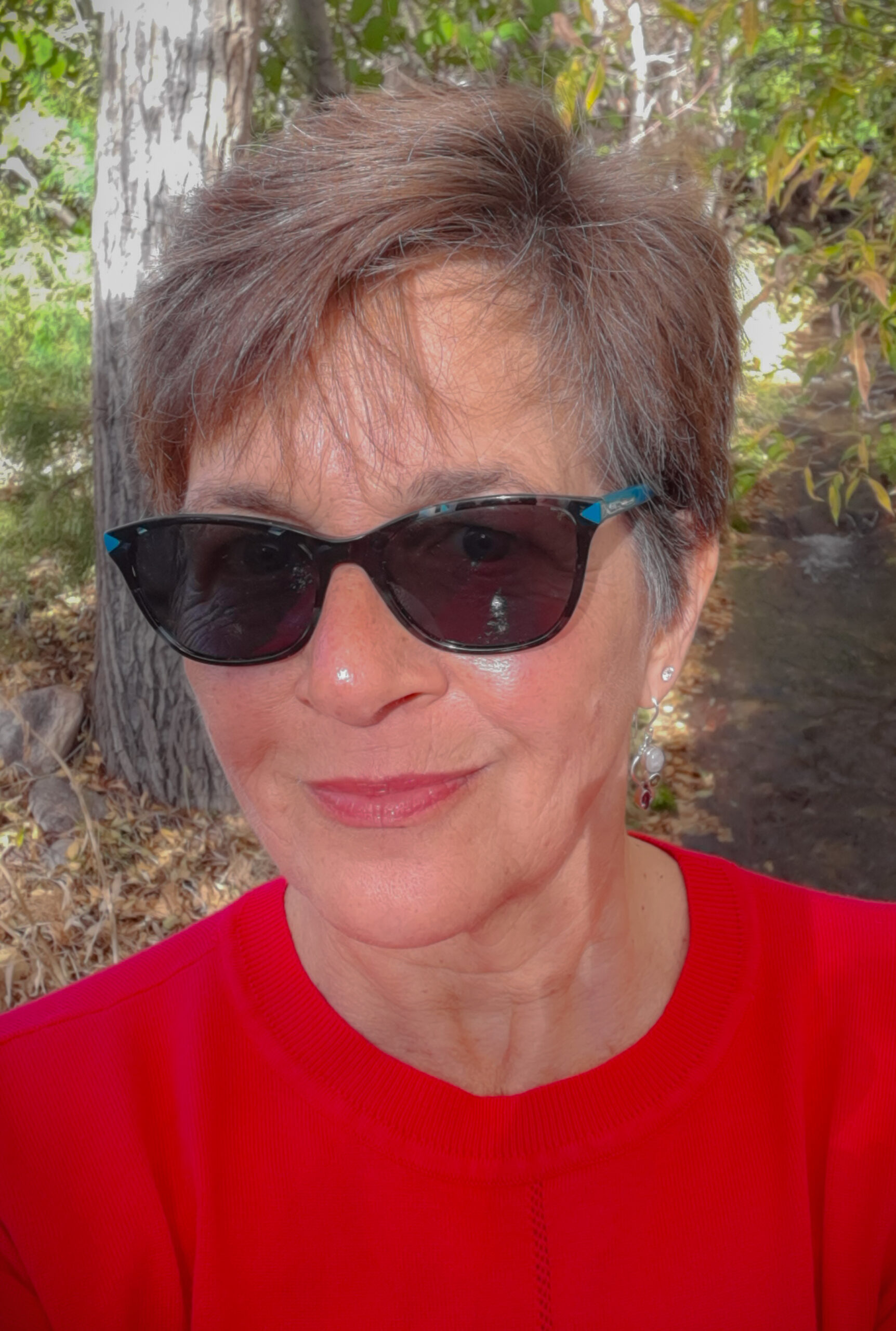As I write this in El Rito, the wind is ferociously blowing at 60 to 70 mph. Winds of this velocity and higher ripped through Los Angeles County, California in January this year and through Lahaina on Maui, Hawaii in August 2023, spreading multiple fires instantaneously. The destruction was vast and fast. Homes destroyed. Families and pets perished. Lives forever changed. For those fortunate people who survived, many were injured or left homeless without any belongings. Firefighters who labored selflessly were challenged by the extreme conditions to control and contain the blazes. Several firefighters also lost their homes. Experts have referred to these historic fires as the perfect storm.
Here in northern New Mexico, we are ripe for our own perfect storm, especially after a winter with very little snow and precipitation. The atmosphere is arid. The fuels (elements that can catch fire and burn, such as vegetation) are also drought-dry. And the strong winds of spring have already commenced.
While our Enchanted Circle communities don’t have the population density of Los Angeles County, we still need to be aware of the risks of what firefighters call “urban wildland interface” – when a wildland fire threatens existing structures, or when a structure fire ignites a wildland fire. It’s easy to pretend that this won’t happen here, but these potential dangers are real and could affect all of us. When it does happen, there is no time to plan or prepare.
In addition, our water resources are limited. And the fire departments that respond to emergencies in our districts are over 95 percent volunteers. This fact cannot be overstated. Many volunteer departments have waning rosters, a nationwide trend of attrition.
My intent is not to be alarmist, but rather to get your attention. Fire service teams are on high alert this fire season. We ask that you take the necessary actions to be prepared, which will help to protect not only you, but all our communities. Here are a few important precautionary steps you can take:
- Have an advance plan that you talk about with your family and neighbors, including a “GO Bag” and an evacuation plan for all people and animals.
- Be aware of weather conditions, such as wind speeds and changing directions, storms and lightning, low humidity. Be vigilant.
- Create defensible space around your home, outbuildings, and property.
- If you have limited road access with difficult terrain, clear greater access for fire engines and other emergency vehicles. Otherwise, they may not be able to assist you.
- Thin and clear vegetation and trees near your home and around your property.
- If you’ve already cleared your property, take a fresh look for other areas to improve.
- Stack wood away from your house.
- Clean up and remove trash, debris, and any chemicals that may be scattered about.
- Know where your propane tank shut-off valve is and how to turn it off. (This is one of the first actions to take in the event of evacuation.)
- Do not underestimate the dry fuels or the wind!
Remember: A chainsaw spark, a cigarette butt, ashes you may think are out, and embers from a fire pit or ditch fire can easily cause a wildland fire—especially in these ripe conditions. Even a vehicle dragging a chain or a hot vehicle parked in dry grass can start a fire.
Burn Permit Applications
Not all burns require a permit, such as a barbeque or cooking fire, fireplace or woodstove, or welding and heating processes that involve torches. You can learn more about these cases in Ordinance 2023-4, Section 7 (link below).
However, if you are planning to burn grass, weeds, slash, etc. (outlined in Ordinance 2023-4, Section 8), Taos County requires you to have a burn permit. You can conveniently apply online. Go to: https://taoscounty.org > Emergency Services>Open Burning Info. Read this entire page, then click on the link “Apply for a Burn Permit Here.” It will take you to the application which lists the rules and regulations for a burn.
If you don’t have online access, you can apply in person at the Taos County Fire & Rescue Admin. Building at 1395 Weimer Road in Taos (just west of Holy Cross Hospital) Monday through Friday, 8 a.m. to 5 p.m.
Applications are reviewed by Taos County Fire Chief Mike Cordova and Taos County Fire Marshal James Hampton. NOTE: There is a 48-hour processing time from application submission to issuance of the burn permit. For instance, if you submit your application on Monday, the soonest you can burn is on Wednesday.
Burn permits are valid for two weeks (except for Hondo Seco, which is for only 5 days).
It is critical that you have a plan and understand and abide by the requirements. Taos County Fire Marshal James Hampton emphasizes, “Be prepared for a wildfire. And be prepared if you are going to use fire as a tool. Have a well-thought-out plan before you burn. Understand the rules and regulations, and make sure your plan follows those requirements.”
You must call Taos Central Dispatch (575) 758-3361 before each burn to verify there are no restrictions that day and to provide them with your burn permit number. Calling Dispatch is also crucial, so they know where the permitted burn is taking place. This will help prevent multiple fire departments (all volunteers!) being sent needlessly to your burn location when someone calls Dispatch to report smoke. It is equally important to call Dispatch when your burn is complete.
If you have any questions, contact your district fire department.
Let’s work together to ensure a safe fire season!
Resources:
https://taoscounty.org/332/Open-Burning-Info
Ordinance 2023-4:
https://taoscounty.org/DocumentCenter/View/2744
Burn Permit Application:
https://www.taoscounty.org/forms.aspx?FID=62
https://www.emnrd.nm.gov/sfd/fire-prevention-programs/ready-set-go-new-mexico/
https://nmfireinfo.com/
https://app.watchduty.org/



